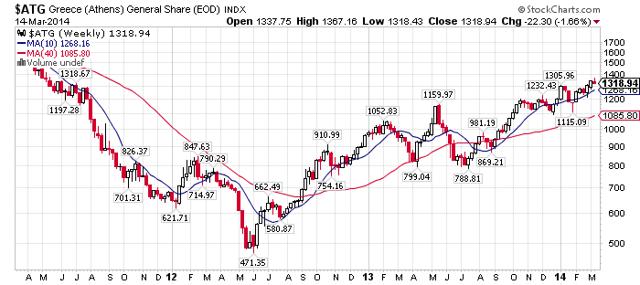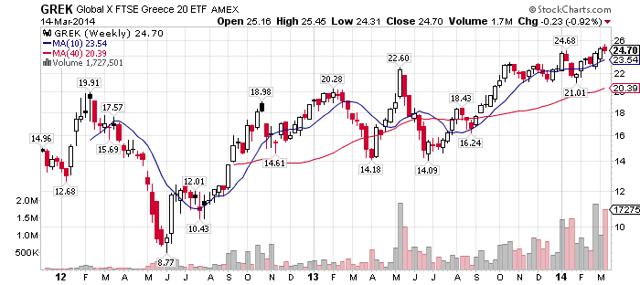
By now, most followers of Chinese phone maker Xiaomi are familiar with its weekly flash sales. Yesterday, however, the company held what might have been its flashiest ever flash sale – it doled out 1,300,000 phones in a twelve-hour period, helping it rake in sales revenues of about US$ 242 million, according to its Facebook and Weibo pages. As part of the “Mi Fan Festival,” Xiaomi offered up pre-designated quantities of its Mi3, Redmi (see our review here), and Redmi Note devices for customers in Hong Kong, Taiwan, Singapore, and mainland China. Starting at 10AM, the company offered up batches of its phones in two hour intervals, along with a wide range of discounted peripherals like earbuds and batteries. The sales blitz ended at either 8PM or 10PM depending on the region. Breaking it down For Taiwan, Xiaomi reported receiving NT$ 430 million (about US$ 14 million) in total sales revenues (that includes accessories), while clearing over 73,000 of its allotted 80,000 mobile devices (20,000 flagship Mi3 phones and 60,000 mid-range Redmis). Meanwhile, in Hong Kong, the company brought in HK$ 66 million (about $8.5 million) in total sales revenues, and cleared over 49,000 of its allotted 50,000 mobile devices (10,000 Mi3s and 40,000 Redmis). In Singapore, Xiaomi’s most recent destination, the company raked in S$ 2.28 million in total orders (about US$ 1.9 million). The company hasn’t revealed how many of its allotted 13,000 phones it sold, but it claims to have booked over 11,000 “orders” (including peripheral devices), and processed a record 16 orders per minute. That leaves us with mainland China. There, the company unsurprisingly brought in the majority of its revenues from the sales period, clocking in at approximately RMB 1.4 billion (about US$ 225 million – yes, we’re going to have to take those “abouts” seriously here). There, over 600,000 Redmis, 600,000 Redmi Notes, and 400,000 Mi3s were put up for sale, and while we can’t seem to dig up any statistics that confirm whether or not these batches sold out…. we think you get the point. (See: Founder Lei Jun Talks About Xiaomi, China’s Disruptive Phone-Maker [INTERVIEW]) Taking it with a grain of rice As much as we like to report on the company’s earth-shattering sales feats, we also like emphasize that one ought not to assess its health and prospects solely based on its sexy promotions. The company sells its phones (and phablets, now) at near-cost, and hasn’t yet ‘monetized’ as a company – hence its widely-touted ‘internet model’ of business, wherein it courts an audience first and then brings in profits later. While Xiaomi’s proven it can get its phones into users’ hands, it’s not yet clear how the company will earn money after that. Its recent investment in Chinese video streaming firm Xunlei hints that its future might lie in media. (See: Xiaomi rips off a Kickstarter project to give your smartphone an extra, configurable button) On the other hand, if you’re one for the horse races, consider this: In 12 hours, Xiaomi brought in revenues of $242 million – that’s about one-fifth of HTC’s revenues for its most recent quarter. Xiaomi’s agenda for 2014 include launches in Malaysia and India, where it hopes to broaden its customer base in an effort to surpass the 60 million mark for devices sold.
Source: TECHINASIA



